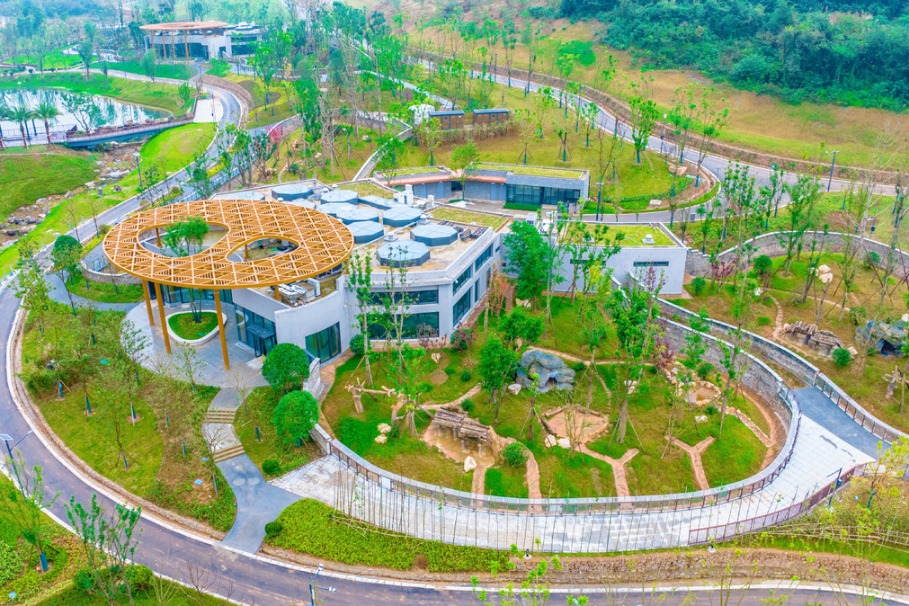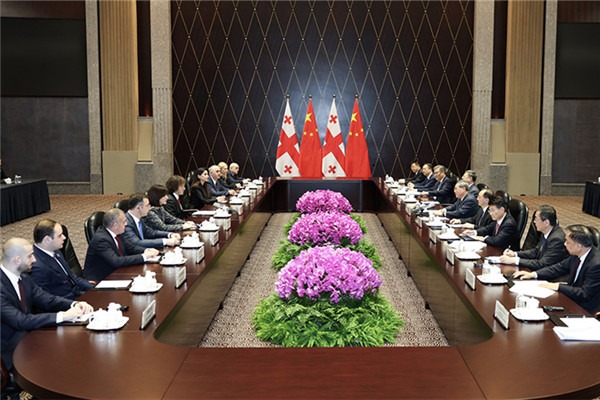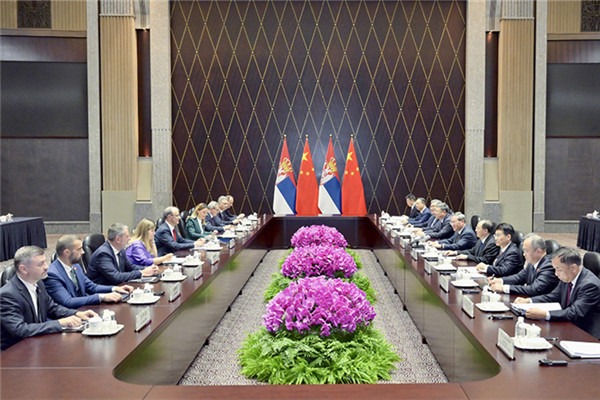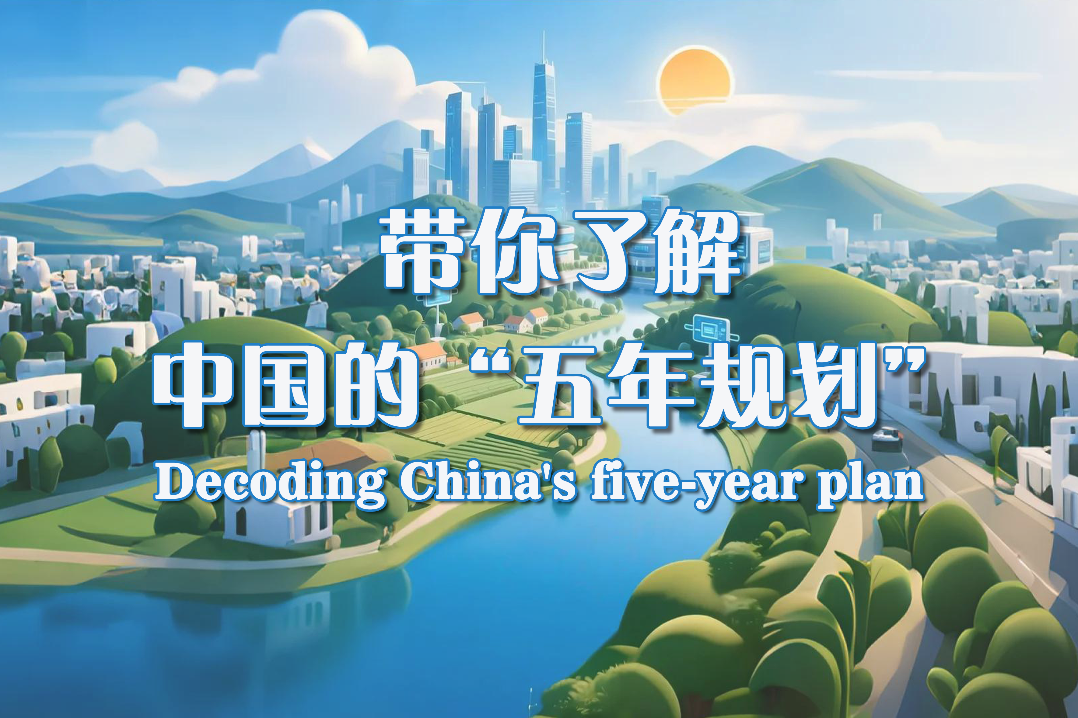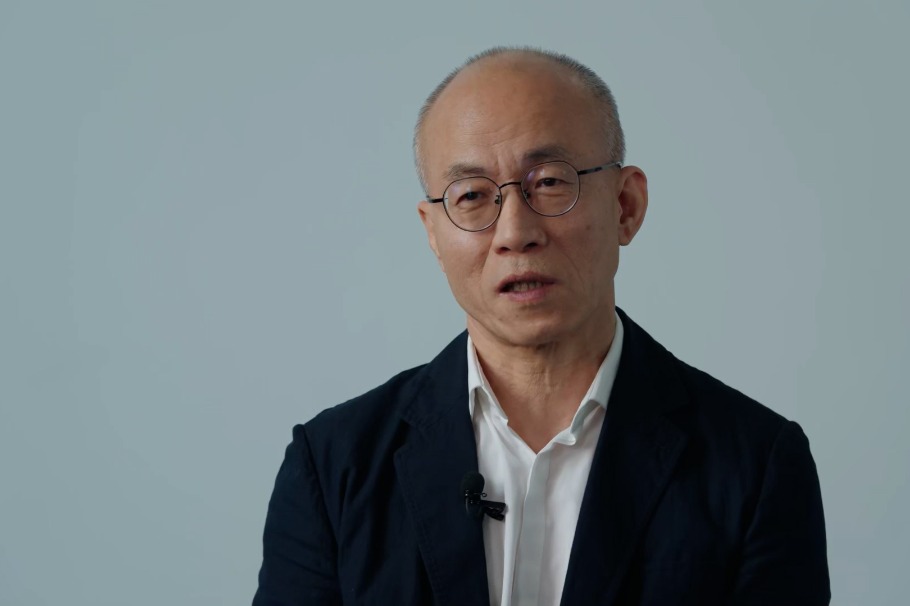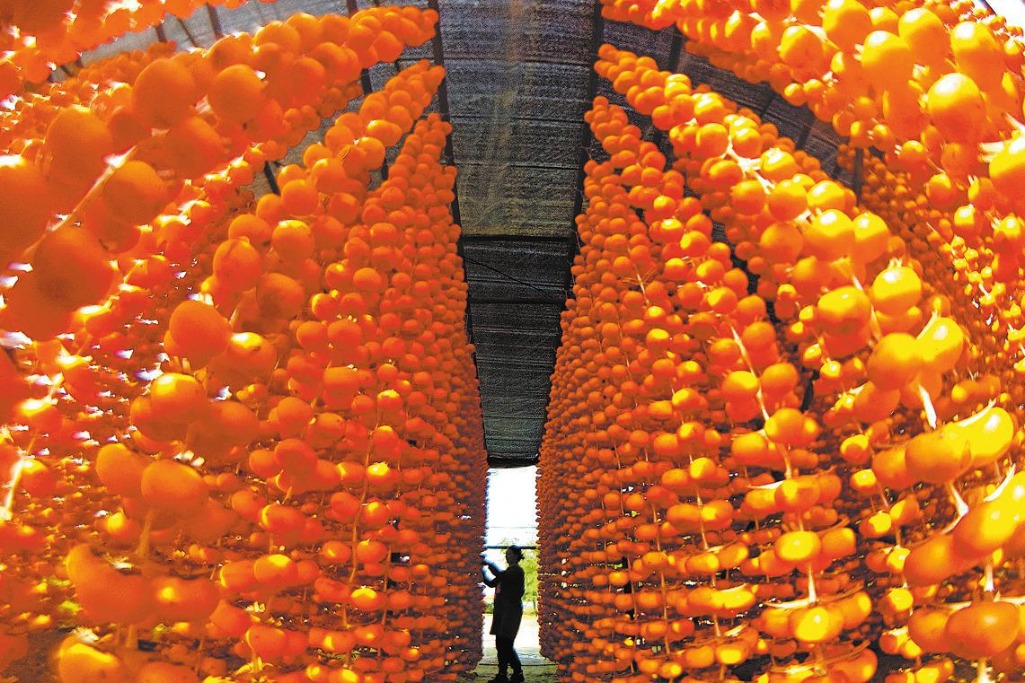Made in China 2025 seen as a key priority for govt

In the past year, the government has been committed to transforming the manufacturing industry into a smart, high-quality sector by providing greater policy support and establishing national demonstration zones for the Made in China 2025 initiative.
Last year, the initiative, which was introduced in 2015, became a priority for the State Council, China's Cabinet, as Premier Li Keqiang presided over three executive meetings intended to push forward the strategy and raise the competitiveness of manufacturing.
On May 17, the State Council approved six measures to further promote the initiative and the transformation of the manufacturing sector. The meeting focused on key technologies such as sensors, industrial software and management systems, and also aimed to improve research and development in technologies such as new materials.
A meeting on July 19 approved several national demonstration zones for the strategy, involving 12 cities and four city clusters. The cities are Ningbo and Huzhou in Zhejiang province, Quanzhou in Fujian province, Shenyang in Liaoning province, Changchun in Jilin province, Wuhan in Hubei province, Wuzhong in the Ningxia Hui autonomous region, Qingdao in Shandong province, Chengdu in Sichuan province, Ganzhou in Jiangxi province, Guangzhou in Guangdong province and Hefei in Anhui province.
The demonstration zones will be given greater financial support, professional training programs and streamlined administrative procedures.
An executive meeting on Sept 6 decided that the upgrading of the quality management system will be completed by the end of this year, while service providers and small and microenterprises will be encouraged to join the system.
Upgrading of the manufacturing sector has been a key priority for the State Council since Made in China 2025 was proposed in late 2014. In March the following year, Li used the Government Work Report to announce a plan to promote the concept.
In 2016, the premier presided over four State Council executive meetings to move the strategy by further promoting its integration with the Internet Plus initiative, which combines the internet with traditional industries, along with the standardization of equipment manufacturing and improving the quality of consumer goods.
Visiting manufacturers was a must for Li during his tours of the provinces of Shandong, Shaanxi and Hubei last year, illustrating their importance.
The executive meetings were in line with the policy support and coordination demands required by China's transformation, said Zhu Sendi, a consultant with the China Machinery Industry Federation.
As early as 2010, the nation's manufacturing sector output was the highest in the world, but China still trails developed economies in terms of quality, innovation, industrial structure and sustainable development, he said.
Transformation into a stronger manufacturing sector will require a large number of innovation-oriented professionals, which will require reform of the education system, along with a good business environment which will encourage innovation and entrepreneurship, he added.
Huang Qunhui, director of the Institute of Industrial Economics at the Chinese Academy of Social Sciences, said the sluggish global economy means Chinese manufacturers must improve the quality of their products and improve competitiveness to win market share.
- China, Serbia vow to deepen military ties
- China records 10-year low in first marriages
- Experts promote raising awareness to boost HPV vaccination
- Haikou intl airport launches new 24-hour direct transit policy
- China-Laos international passenger line launched
- Beijing receives climate award at COP30 Local Leaders Forum



















